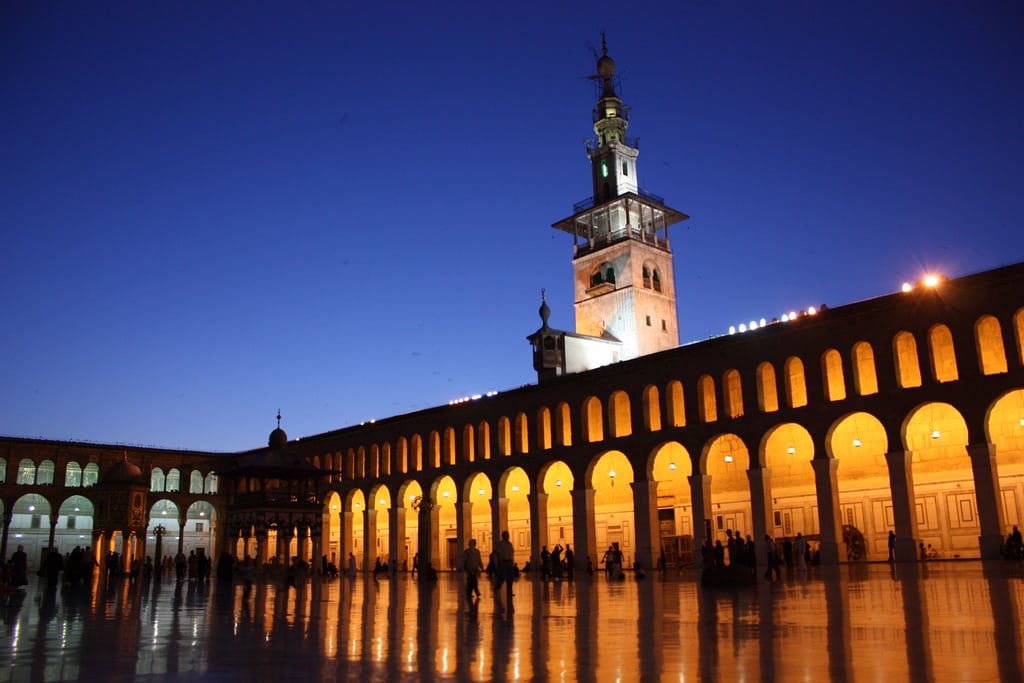Syria opposes UN placing its six world heritage sites on endangered list

Skift Take
Syria’s tourism industry has become almost non-existent during the civil war and there may be few historical and archaeological sites to attract visitors back in the future.
All six of Syria's world heritage sties have been put on an endangered list by the UN’s cultural organisation amid mounting international concern about the country’s increasingly destructive civil war.
Unesco’s world heritage committee made the decision on Thursday at its annual meeting in the Cambodian capital Phnom Penh despite objections from Syria.
It said Syria’s “exceptional archaeological and historical heritage” had not escaped the ravages of a conflict that has killed almost 93,000 and prompted 1.6 million refugees to flee the country.
The historic northern city of Aleppo had been particularly badly hit, Unesco said. The city’s medieval souk was severely damaged by fire last year and in April a minaret on 12th century Umayyad mosque was destroyed.
More destruction is feared in the coming days as President Bashar al-Assad forces are expected to launch a f
